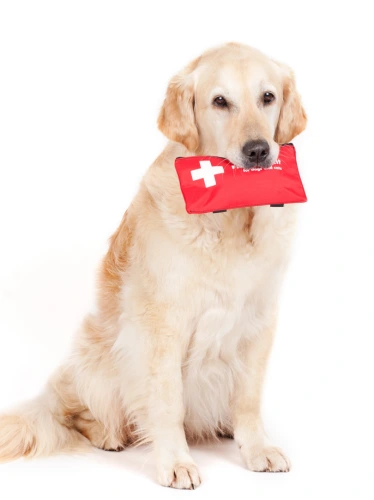Key Takeaways
Most pet owners lack first aid training. Only 2% have taken a pet-specific first aid course, and many don’t own a first aid kit.
Pet emergencies are common. One in three pets face an emergency each year, and up to 92% may have one in their lifetime.
Financial preparedness is essential. Most pet owners can’t afford a $1,000 vet bill, making savings or pet insurance crucial.
First aid helps prevent and manage emergencies. Knowing pet hazards, recognizing health issues early, and stabilizing pets in distress prior to transportation for veterinary care can save lives.
Education and preparation matter. Taking a pet first aid course, assembling a first aid kit, and staying informed can protect your pet.
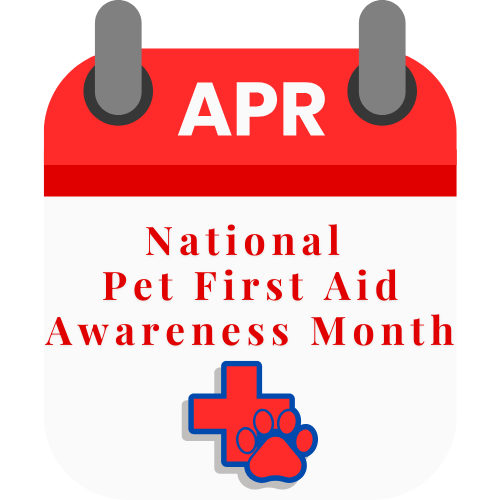
April is National Pet First Aid Awareness Month. This is the dedicated time to emphasize the significance of pet first aid education among pet owners. While we strive to provide the best care for our pets, many owners may not be adequately prepared for emergencies. Understanding pet first aid preparedness and emergency risks empowers us to take action and protect our pets’ health.
The Preparedness Gap: Pet Owners and First Aid Training
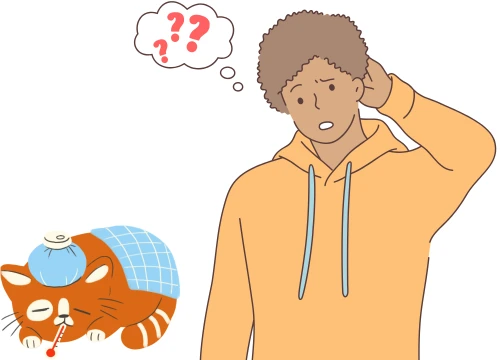
Recent studies reveal a concerning lack of first aid training among pet owners. A 2021 Metlife survey indicated that pet first aid training is alarmingly low among pet owners. Only 2% had taken a pet-specific first aid course, and just 10% owned a pet first aid kit. Furthermore, half of dog owners and a staggering 80% of cat owners acknowledged the need for more training. This highlights a significant gap in preparedness for pet emergencies.
The Reality of Pet Emergencies
Given that it’s Pet First Aid Awareness Month, it’s important to realize the reality of pet emergencies. Understanding the frequency of pet emergencies underscores the importance of first aid knowledge:
High Incidence: Statistics suggest that one in three pets will experience an emergency situation during any given year. Some estimates indicate that as many as 92% of pets may have a medical emergency at some point in their lives, making preparedness a critical responsibility for pet owners.
Financial Preparedness: One survey found that 39% of pet owners have the financial capacity to cover a $1,000 emergency vet bill. That means 6 in 10 pet owners are unable to cover a hefty unexpected vet bill. Given the likelihood of emergencies, financial planning—whether through savings or pet insurance—is just as crucial as first aid knowledge. Kaplan Financial Advisors estimate families should save between $5,000 to $10,000 for pet emergencies. For more on the importance of pet insurance, check out our Pet Insurance Blog.
Preparedness Starts With Prevention
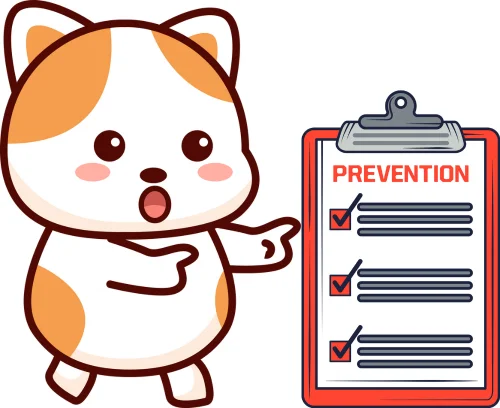
Being prepared isn’t just about reacting to emergencies—it’s also about prevention. Pet first aid knowledge helps owners:
- Prevent avoidable emergencies by identifying potential hazards and taking proactive measures. For example, this may include the risk of heat-related illnesses and safe pet transportation. Knowledge can aid owners to ensure pet owners understand proper dental care as well as health and safety risks of indoor/outdoor cat lifestyles. The list goes on to include countless subjects. For more information on particular topics, consider our blogs on pet food safety, hidden household dangers, and poison risks.
- Recognize health issues early to seek veterinary care before conditions worsen. Knowledge of acute health issues is also critical as some conditions are time sensitive.
- Treat injuries effectively with the primary goal of stabilizing a pet before transportation to professional veterinary care. This includes controlling an arterial bleed, securing a broken limb, and even performing CPR during cases of cardiopulmonary arrest (CPA).
Taking Action: Enhancing Pet First Aid Preparedness
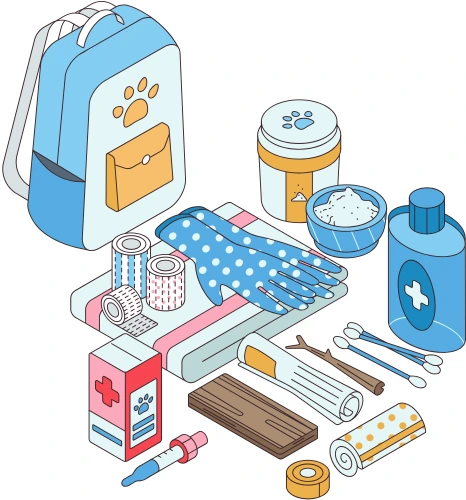
To bridge this preparedness gap and ensure the safety of our pets, consider the following steps:
Enroll in Pet First Aid & CPR Courses: Many organizations, including the American Red Cross, offer courses that equip pet owners with essential skills to handle emergencies effectively. Burnell Pet Care and Education are also building a comprehensive pet first aid and CPR course for your and your pets’ benefit.
Assemble a Comprehensive Pet First Aid Kit: Ensure your kit includes items such as gauze pads, bandages, antiseptic wipes, tweezers, scissors, a digital thermometer, and emergency contact numbers for your veterinarian and local emergency clinics amongst other items.
Stay Informed: Regularly consult reputable sources, such as the American Veterinary Medical Association and the RECOVER Initiative, for updated information on pet first aid and emergency care. Always know where your local emergency veterinary hospitals are, whether at home or during travel.
Final Thoughts
National Pet First Aid Awareness Month serves as a crucial reminder of the importance of being prepared for pet emergencies. By acknowledging the current gaps in preparedness and taking proactive steps to educate ourselves, we can significantly improve our pets’ safety and wellbeing. At Burnell Pets, we are committed to promoting pet safety and providing resources to help pet owners navigate emergency situations confidently.
